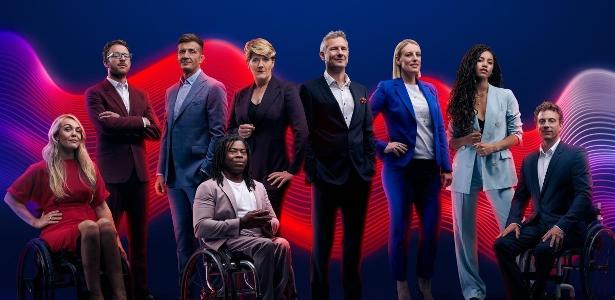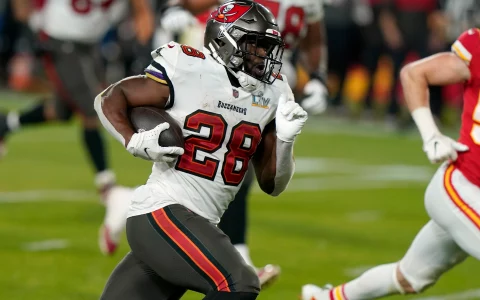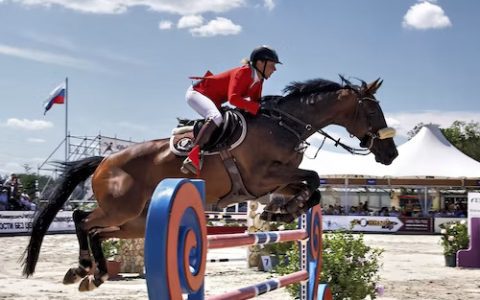
This Friday (16), Channel 4, a UK broadcaster, a reference in its coverage of the Paralympic Games around the world, launched Super Human, a film from the Tokyo 2020 campaign. Dreams come until they are honored as champions.
hey movie, in three minutes, features a version of “So You Want to Be a Boxer” by Bugsy Malone performed by British artist Jay Prince on the soundtrack.
Produced by Scott Taylor and Andy Shrubsole and directed by Bradford Young, the first black filmmaker to be nominated for an Oscar, the ad also features blind photographer Ian Trehane, who is responsible for behind-the-scenes footage and portraits of athletes.
To make the film, 4 Creative Agency collaborated with Paralympic athletes themselves, the British Paralympic Association (BPA), the International Paralympic Committee and several organizations working with people with disabilities.
References in Paralympic coverage
The first campaign by Channel 4 in 2012 featured athletes taking advantage of their “flaws” and compared them to true superheroes. In 2016, the network launched the emotional drama “Yes, I Can” (Yes, I Can), which features athletes from the British delegation with a band of 16 musicians having some sort of disability.
Over the years, the station has become a reference in worldwide Paralympic sports coverage. Its importance goes far beyond what it campaigns for, it also sets an example when it employs dozens of disabled professionals. The team covering Tokyo will have more than 70% disabled people.
It doesn’t stop there. The positive results of the coverage are also reflected in the customs and culture of the British people. The proof of this is the data reported in the surveys.
A survey conducted by BDRC Continental and YouGov for Channel 4 shortly after the 2012 Paralympic Games to analyze public perceptions of disability and Paralympic sport in the UK found that two-thirds of viewers (65%) felt that the event The impact of coverage on people with disabilities was favorable. According to the survey, 82% of adults agreed that disabled athletes were just as talented as non-disabled people. This perception rose to 91% among those watching Channel 4’s coverage of the Paralympics.
The survey also reported that 64% of respondents believe that the Paralympics are as good as the Olympics. Among those following the broadcaster’s coverage of the program, the number reached 79%.
In 2016 Channel 4’s coverage of the Paralympic Games was watched by almost half of the UK population. The survey also found that the campaign changed attitudes: 74% of people felt more comfortable discussing disability after watching it, and 59% said it improved their perception of people with disabilities.
For those of us who do daily work aimed at people with disabilities and who struggle to include this layer of society, this is an example to be followed. Not represented without a real representative. This is why broadcasters in Brazil also need to employ more people with disabilities, such as anchors and in all locations.
A social change does not happen overnight. This is certainly the way for broadcasters around the world. How to talk about people with disabilities, approach related topics, don’t keep everyday problems around them. Well, Channel 4 itself employs disabled professionals, but also listens to Paralympic athletes to create their campaigns and programming.
To have something like this in Brazil seems like a distant dream. But it is a necessary good and there is no going back when it comes to equality and recognition. Many communications companies still claim they haven’t been able to invest in optimization to get people with disabilities into their grid.
Unfortunately, the places in newspapers, radio, websites, magazines are still not democratic. The inclusion of professionals with disabilities in these places depends not only on them, but also on the previous steps. Problems in the education of people with disabilities, the adaptation of journalism universities to receive students with disabilities and, finally, the opening of companies to employ these people on an equal footing.
Apart from this, we have all the other routine issues faced by these people to prove on daily basis that they have their own skill and voice to occupy the blanks. We already have an example. We can make journalism more inclusive by following in the footsteps of Channel 4.
*This text was written by Gisliene Hesse, a journalist, communications and multimedia, communications and digital marketing consultant, former CPB communications coordinator (2003/2004), former communications director of the Brazilian Sports Association for the Blind (2001/2002 ) , covered the Sydney Paralympic Games and coordinated coverage of the Athens Games.



